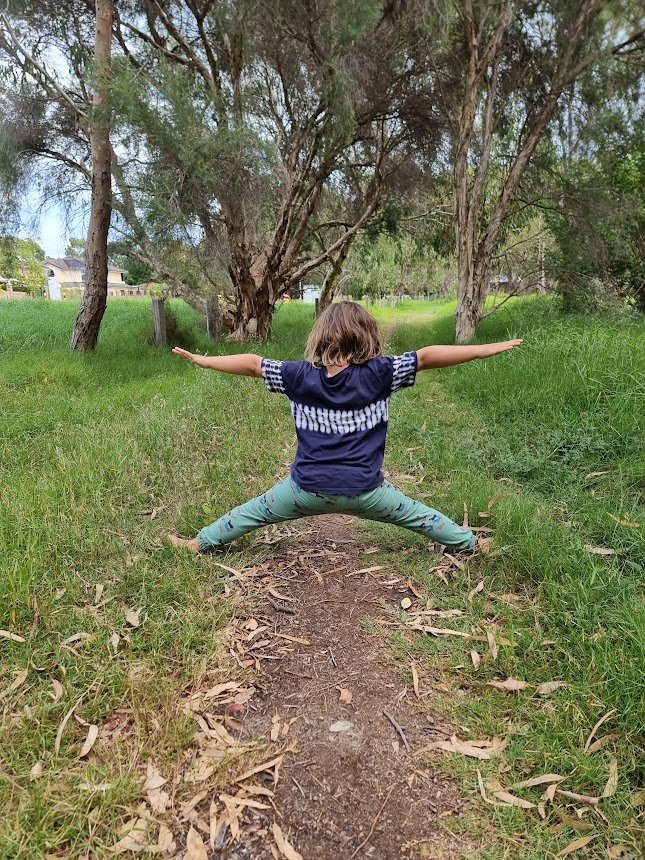Yoga Therapy for Cerebral Palsy
The findings of a recent meta-analysis indicate that yoga offers similar functional benefits to exercise based physiotherapy modalities as a treatment intervention for individuals with MS, stroke and cerebral palsy, while also addressing broader secondary outcomes in a holistic fashion..
Benefits
The study observed improved outcomes in:
- Spasticity
- Fatigue
- Strength,
- Pain
- BMI
- Respiratory function
- Reaction time
- Cognition
- Self-perception
- Emotional health
- Balance
- Gait speed and endurance
- Depression
- Anxiety
- Quality-of-life
The evidence demonstrates that yoga as an intervention that can help address aspects of the whole person, fulfilling the role of a biopsychosocial intervention.
Given the high level of evidence, yoga as an intervention shows great promise for children and adults with CP to effect change across domains of function and wellbeing.
Other unique benefits
Yoga is another option for individuals with CP for exercise, movement and rehabilitation.
For instance, modifications can be made to any yoga position to accommodate individual differences in flexibility, strength, and/or balance.
Additionally, Self-efficacy and confidence for physical activity capabilities develop through individualized movement sequences.
Complementing this are the effects of breathing and meditation to promote relaxation, mindfulness, and ease with physical activity.
Individuals with CP can benefit tremendously from experiencing success in a physical activity, which reinforces participation in movement.
A skilled instructor can develop individualized therapeutic yoga programs that progressively address deficits in flexibility, strength, and balance by changing pose position, props, and time held. Props can support, add comfort, and aid balance. For children and adults with intellectual abilities, the instructor can mirror the practice and add elements of playfulness.
The highest functional improvements across populations were obtained with yoga that occurred more than 60 min for three times per week. If this frequency is difficult to attain in the clinic, some studies had participants perform yoga once a week in the clinic and four times per week at home, and the outcomes were robust for anxiety and quality of life.
REFERENCE:
Veneri, D., Gannotti, M., Bertucco, M., & Fournier Hillman, S. E. (2018). Using the International Classification of Functioning, Disability, and Health Model to Gain Perspective of the Benefits of Yoga in Stroke, Multiple Sclerosis, and Children to Inform Practice for Children with Cerebral Palsy: A Meta-Analysis. The Journal of Alternative and Complementary Medicine, 24(5), 439–457. doi:10.1089/acm.2017.0030
